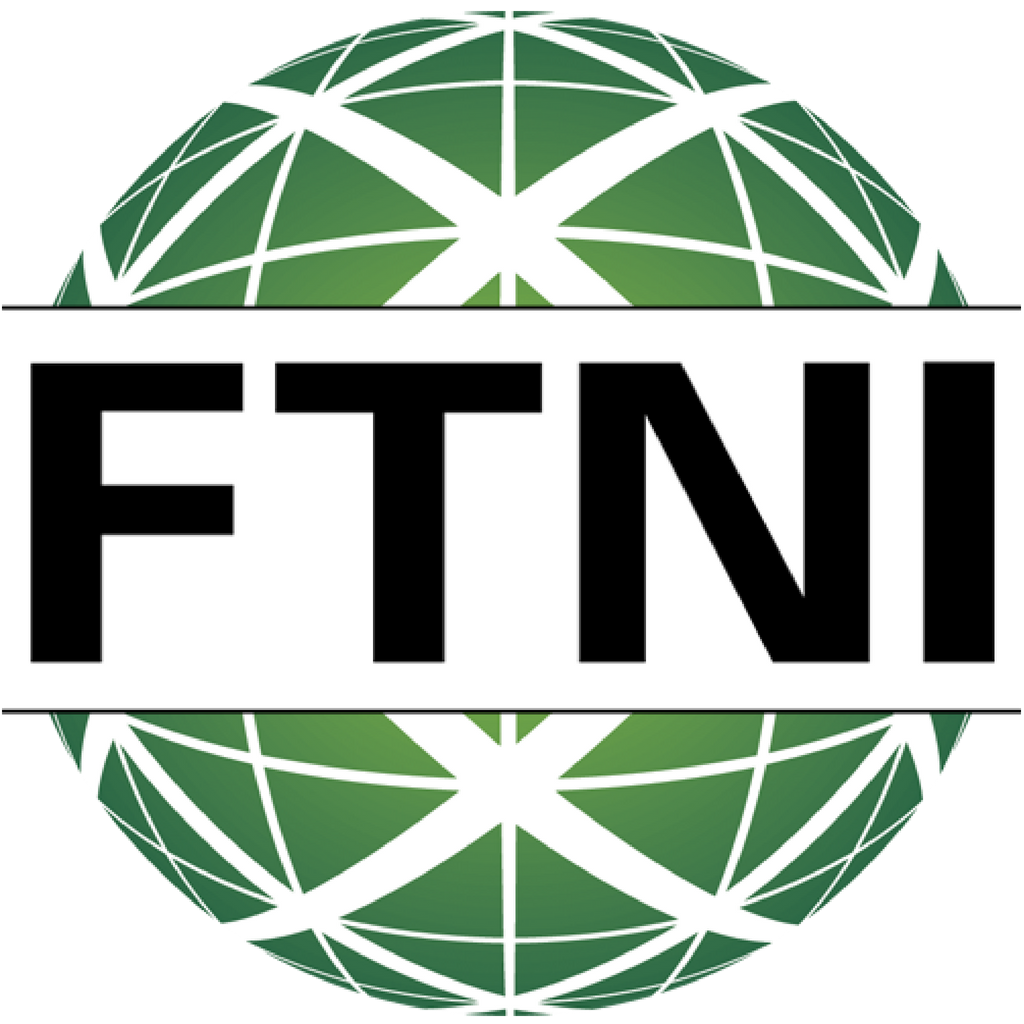
In 2013, checks accounted for more than half of B2B remittances, according to the 2013 AFP Electronic Payments Survey—despite the growing availability of services like pay by phone, online and mobile payments, and ACH. It’s safe to say that we’ll be using checks for at least another 10 years, while at the same time leveraging alternative payment methods for online and mobile remittances.
It turns out that RDC is a great way to integrate all those alternative payment methods, so that you can process checks and remittance documents more efficiently, improving cash flow and reducing your costs in one easily managed, low-cost solution. RDC gives both businesses and consumers the ability to deposit a check without having to visit a bank in person.
And with advances in scanner and software technology, you can automate data entry instead of having to manually enter information into multiple back office systems—adding RDC no longer means that you’re adding complexity to your accounting system. Instead, RDC positions you for straight through processing (payment acceptance, processing and posting in a single pass). That, in turn, helps you create consistency and efficiency in process rules and workflows, no matter which payment method your customers and vendors use.
Here’s the bottom line: each time a set of eyes has to take another look at a payment in process, it costs you money. A more streamlined process reduces costs and errors, and speeds remuneration as well. RDC can help you get there.
Reduce exception handling and speed up data entry
Adding RDC to your check processing operations doesn’t have to mean adding complexity. When it’s done right, RDC can actually move you toward a seamlessly integrated receivables solution that accepts any payment type from any payment channel.
Advances in imaging technology are a big part of that. When a check is deposited using RDC technology, new breeds of high-tech scanners automatically read line data, via magnetic ink character recognition (MICR), to make sure that the check isn’t a forgery and that the amounts in the courtesy and legal fields match (CarLar). With automatic processing, the cost for scanning a check, on average, has dropped from roughly 40 cents down to around 12 cents, and the average cost of remittance has dropped by half, from around 10 cents to less than 5 cents in some cases.
And as check imaging technology has improved, prices have dropped. Since RDC first came to use in the U.S. about 10 years ago, scanner prices have dropped from $2,000 to $500 and less (for an effective mid-range model), enabling more companies to use RDC to make remittance processing faster, reduce costs, and make funds available more quickly than with manual reconciliation. Five hundred bucks to move to a flexible, easily managed system? Sounds like a pretty good deal, doesn’t it?
Take Advantage of Automation
Another thing RDC enables is automation. Now you can take work that used to be a painstaking manual process and automate it by building business logic into your workflows. That frees up your staff to tackle more strategic issues—and frankly, makes you look like a hero to your leadership team.
Using a centralized payment platform to manage your receivables can help you automate a lot of tasks—here are just a few of them.
Match customers with their checks—even without a remittance document.
Scanners and software solutions with MICR processing can automatically match the check sender with their invoice—so even if one of your customers forgets to include an invoice with their payment, your system can still identify the customer and apply the payment to their balance as appropriate.
Determine how to apply the payment.
By building business logic into your workflows and leveraging intelligent invoice matching capabilities, your system can automatically determine whether that payment should apply to the oldest balance, the newest balance, or something in between.
Use one central system for multiple types of data.
When you use a centralized platform, you can upload outstanding invoice files and automatically get remittance information in the same UI that can automatically post payment information into your back-office accounting systems.
Reconcile payments automatically.
Let’s say a customer sends a check for an amount other than his balance due. Using an enhanced RDC solution with intelligent invoice matching, the system can automatically determine how the customer came up with that amount—for example, if a customer remits payment for two outstanding invoice items within a single check—and reconcile that automatically.
Accept payments on the fly.
With mobile Remote Deposit Capture (mRDC), businesses can accept payments in the field to accelerate processing timeframes, increase cash flow and decrease DSO. Let’s use a food distributor as an example. When the distributor makes a delivery to a restaurant, the restaurant owner can write a check or pay by ACH or CC, and get the payment into the distributor’s system quickly and securely since the distributor’s representative is able to accept the payment via a secure mobile payment application. The distributor gets paid for the delivery immediately, and the distributor’s truck driver doesn’t have to carry around hundreds or thousands of dollars in payments, which can bring even more security concerns into play. Add in mobile invoice presentment to accurately associate payments with the appropriate outstanding invoice, and you’ve taken the first step in straight through processing via the mobile channel.
Maximize Flexibility via Strategic Partnerships
Advances in hardware and technology have made moving to an enhanced RDC solution a lot more attractive for those who are looking to consolidate their receivables onto one platform. Before you make the leap, here are two final best practices to make sure your business stays as operationally healthy as possible.
First, stay flexible. There are a lot of options out there—new technologies, new financial institutions, new CC processors—and they’re making a lot of promises. Before signing on with any of them, make sure their solution is flexible enough to grow with you, as your business grows. Let’s say you adopt a new technology that covers the primary credit cards used in the US and Canada today. That’s great, until you want to expand to Europe and they don’t accept Eurocard. You don’t want to have to ditch your solution and move to an entirely new one if you just want to change banks or update the credit cards you’ll accept.
Second, look for a partner with experience in the payments industry—someone who can help you navigate the waters, and separate the value from the hand-waving. These days, it’s rare to find an enterprise that hasn’t been hacked, so you want someone who excels at security and compliance, as well. Partner with someone who has experience setting up straight through processing—they’ll have road-tested lots of solutions, and can advise you on which will work best for your business.
One of the most strategic things you can do for your business is to integrate your payments systems, reducing cost and churn and freeing your staff to tackle big challenges instead of getting bogged down in manual processes. And the time is right to make the leap.
